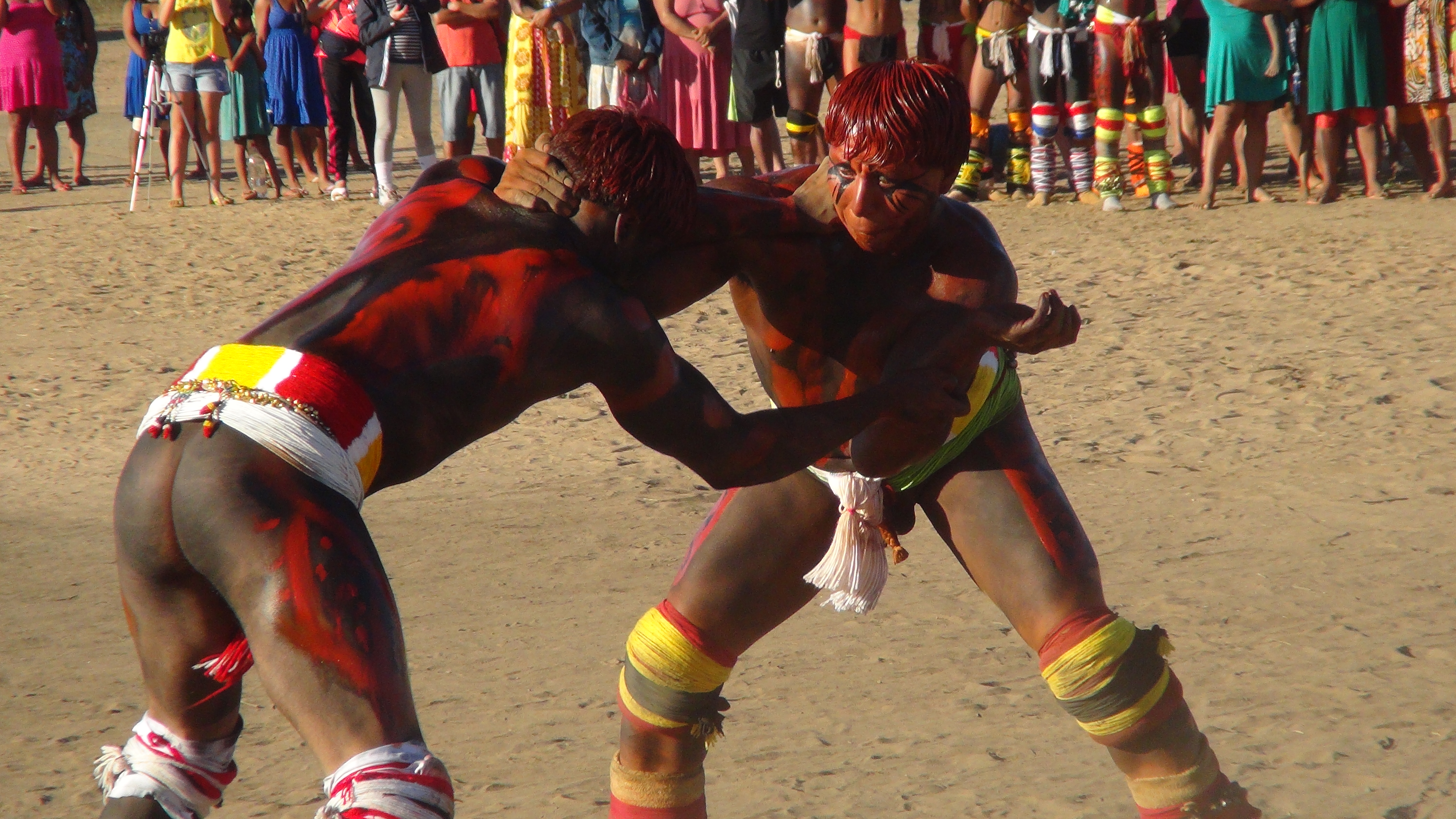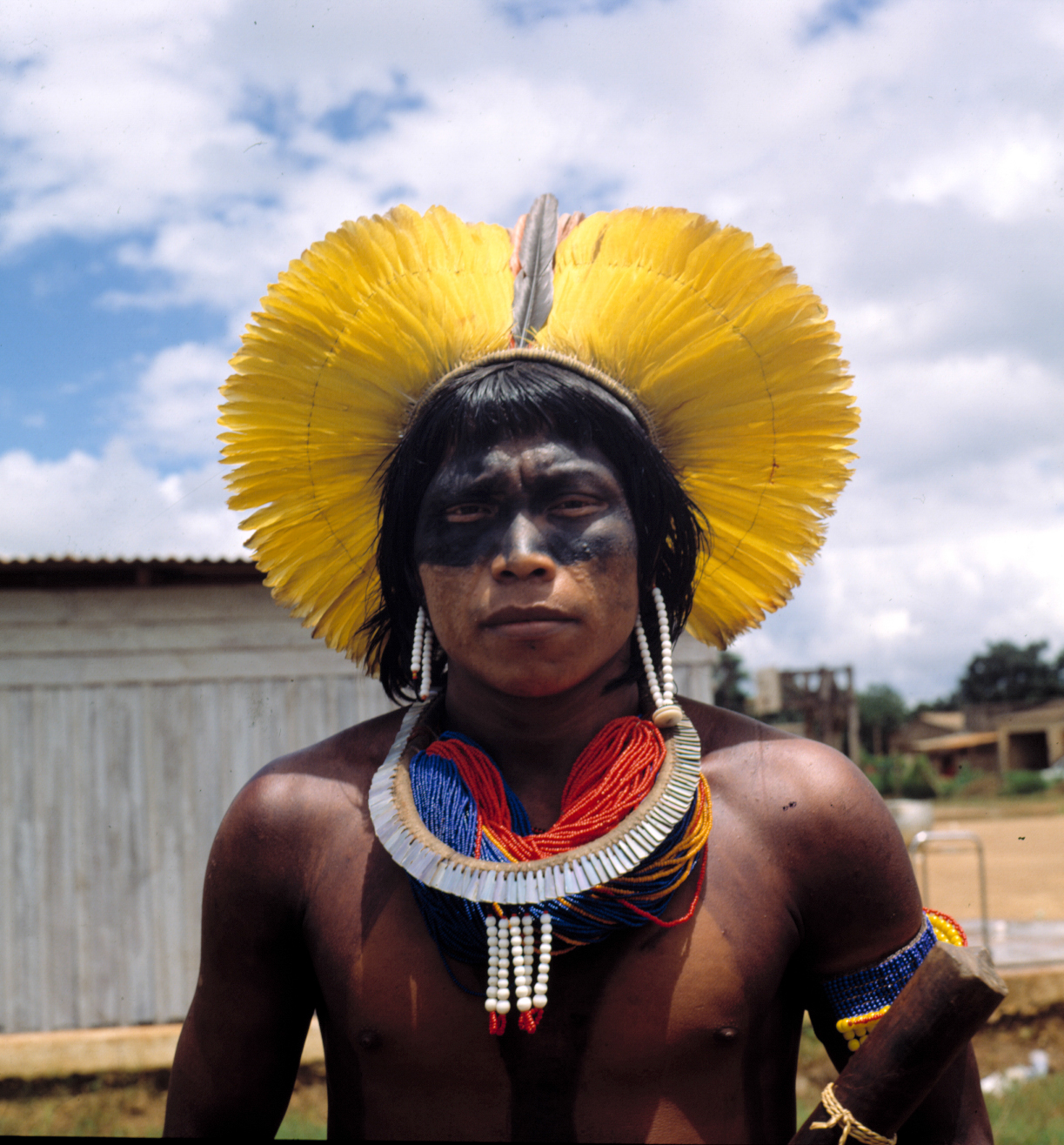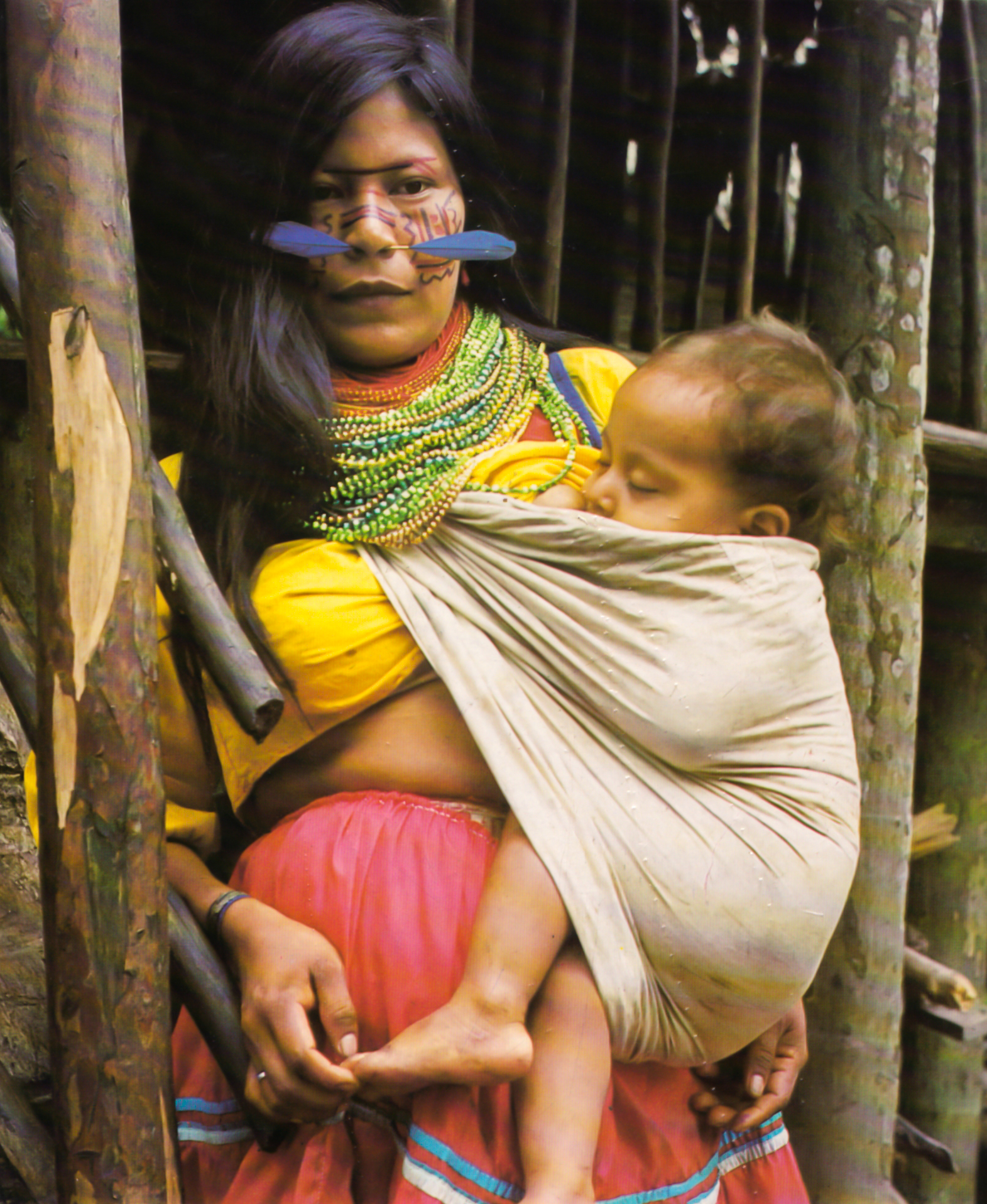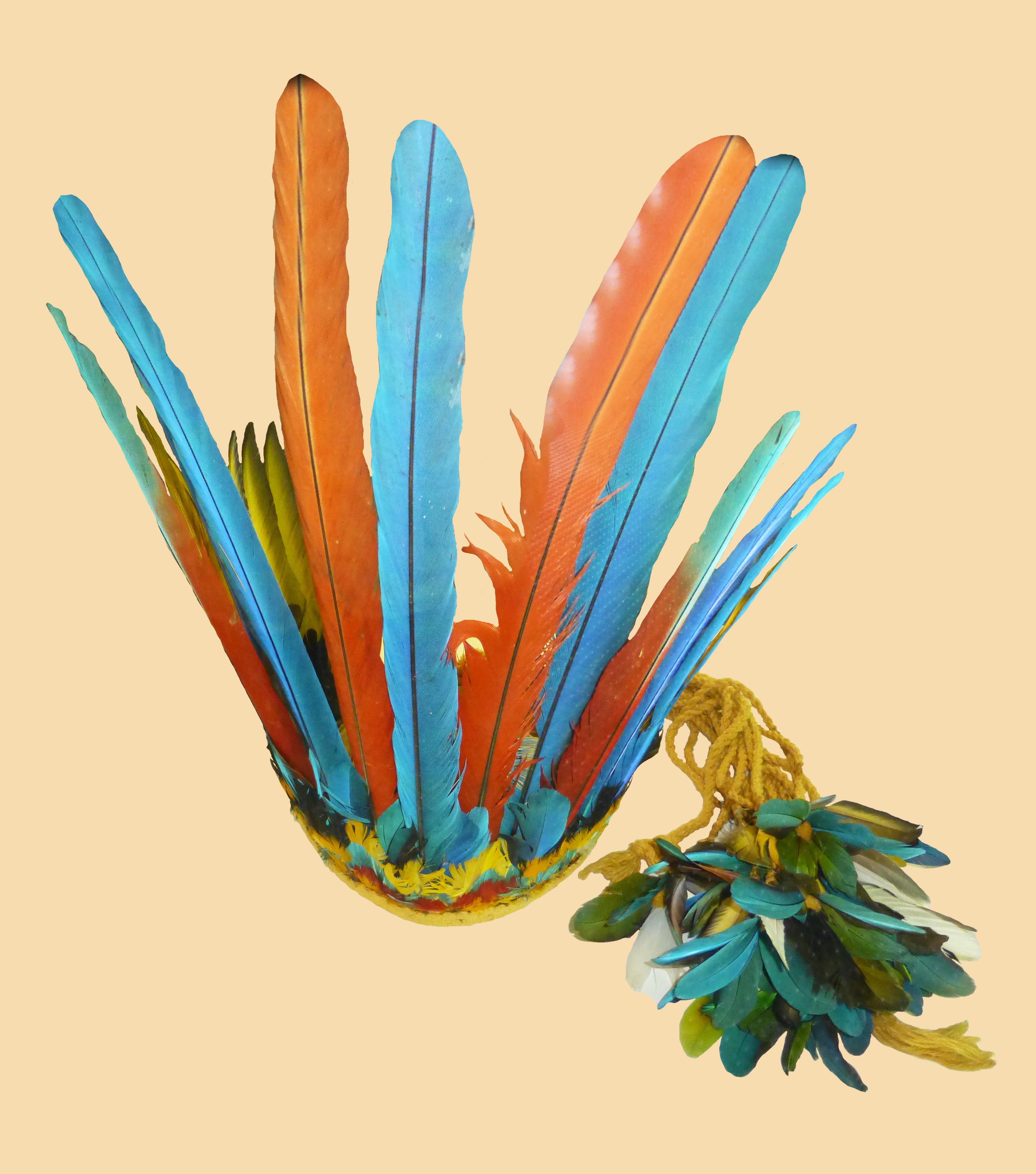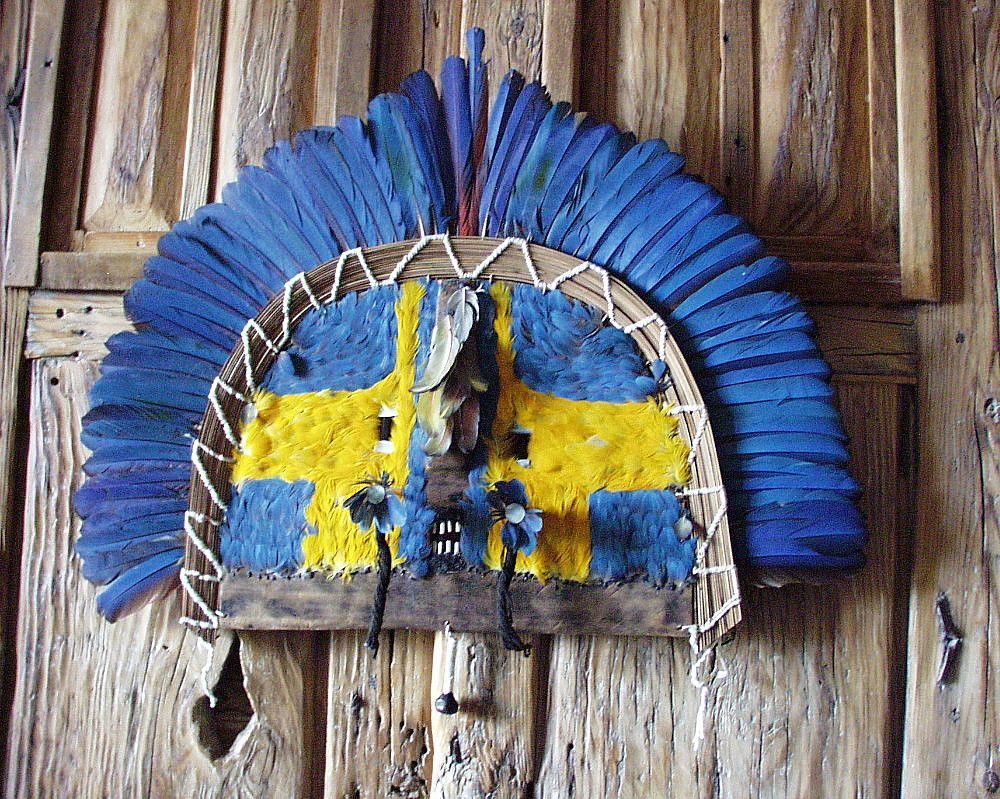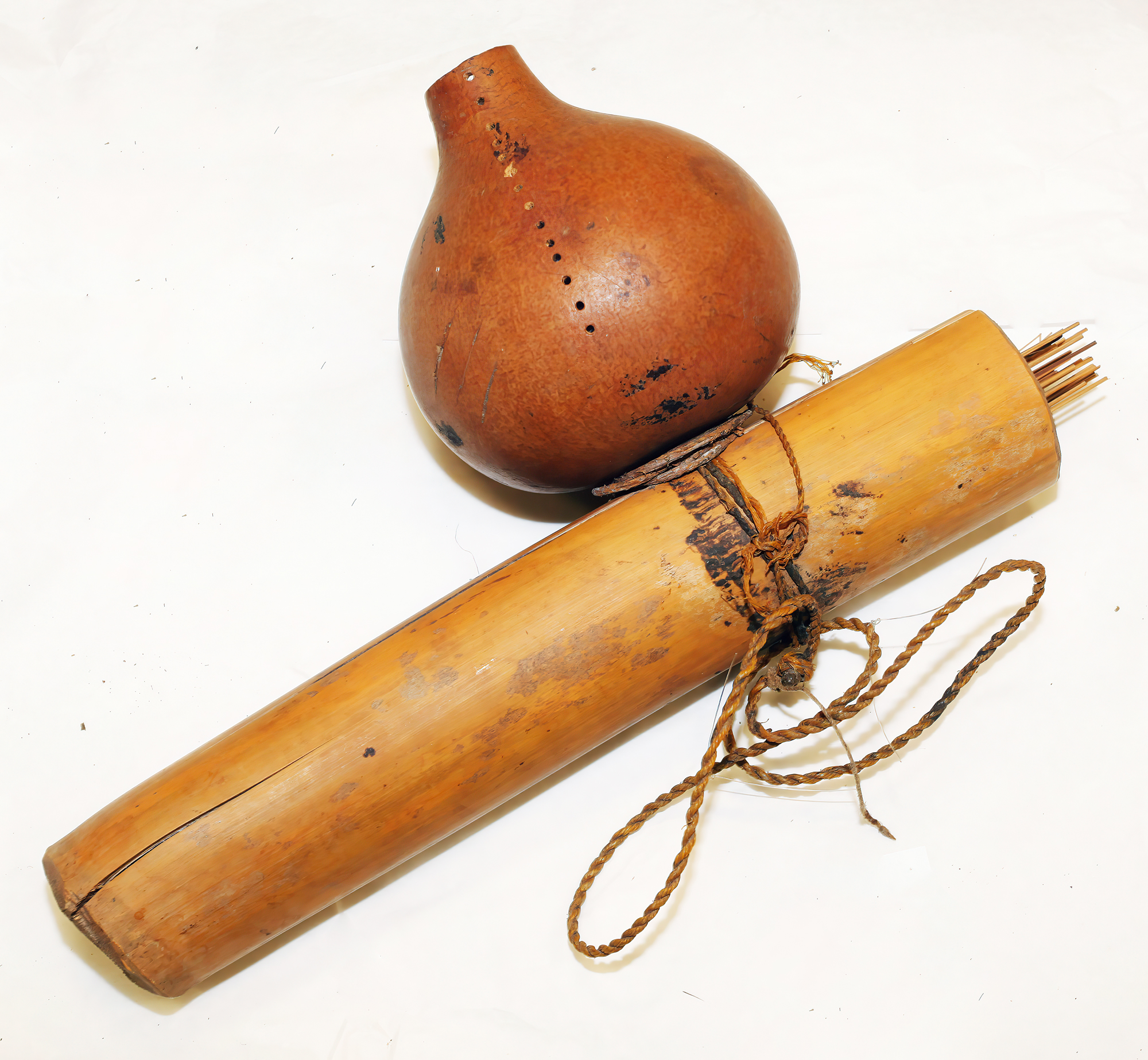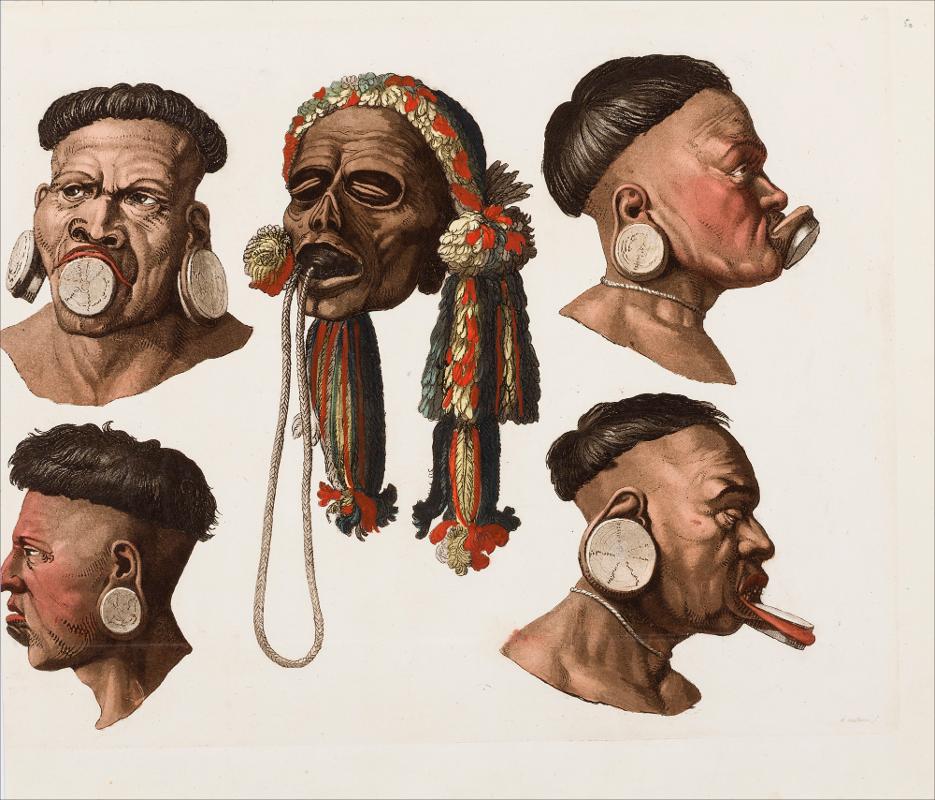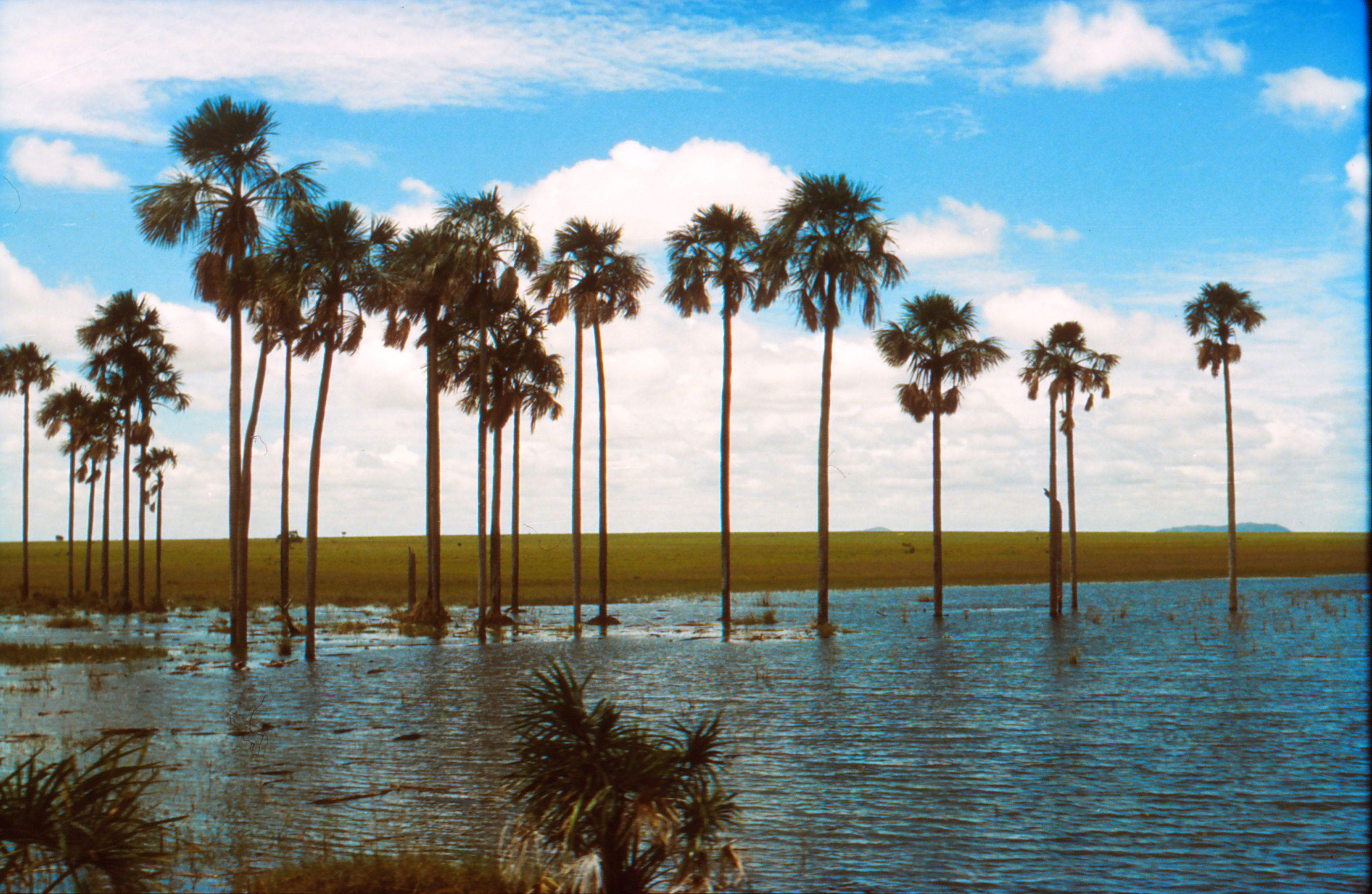Mnislav Zelený Atapana
(*1943) studied economics at the University of Agriculture and later ethnography at Charles University’s Faculty of Arts. He then enrolled into postgraduate studies at the University of San Marcos and at the Catholic University of Lima in Peru. He has dedicated his life to working as a freelance cultural anthropologist, and thanks to his stays with the Amazonian and Andean indigenous peoples (he took his first year-long trip in 1969), he has become not only a recognized expert on the life and culture of the indigenous ethnic groups of the Amazon, but above all their friend. In 1972, he conducted his first field study with the Cofán people in the Ecuadorian Amazon, where he won everyone over with his victories in fights and became a local legend. During his subsequent visits in 2013 and 2018, he was given the name A’cho rajo, meaning Elder of the Red Howlers. In 1973, he spent seven months sojourning among the Ece’je indigenous peoples in the Peruvian Amazon, where he was accepted into the tribe as Ichahí óshil; White Monkey. In 1989, Mnislav Zelený was adopted by the Yawalapiti tribe, and his spiritual father, shaman Guñitze, gave him the name Atapana, which means Leaf of the Green Palm Tree. In 1989 and 2016, he danced at the Kuarup funeral ritual in the neighboring Kamayura indigenous settlement, where eminent shaman Takuma chose him for training to become his successor. Although Atapana refused, otherwise he would not have been able to return to his family, he is considered by the Kamayurá indigenous peoples a half shaman for being selected. From 1996 to 2001, he served as ambassador to Colombia and Ecuador. In 2019, he returned to the Ece’je tribe in the Peruvian Amazon, where, thanks to his 1974 master’s thesis, the indigenous are reviving their skills in making bows and arrows and indigenous garments out of bast. Through his foundation Velká Amazonie (The Great Amazon), he has been working to mitigate the destruction of indigenous culture among the Ye’kuana tribe in the Venezuelan Amazon, to which he returned annually for ten years (2002-2013). He has appeared on Czech Television and Czech Radio, written over ten books, over 500 scholarly and popular science articles, essays, and political commentaries for Czech, Peruvian, and American magazines, and publications, given hundreds of lectures, including his Archaeology of the Americas seminar at Charles University’s Faculty of Arts between 1994-1996, and held dozens of photography and ethnographic exhibitions, all on the Latin American region, mainly the Amazon. In addition to numerous encyclopedic and pictorial publications, the author contributed to the Encyclopaedia of World Cultures (New Haven 1994, edited by Johannes Wilbert).
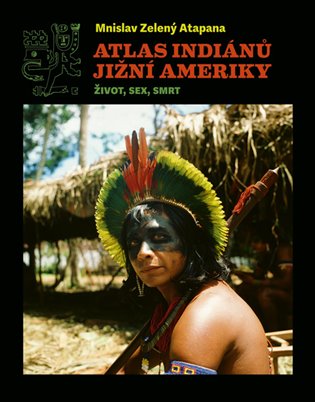
Atlas of the Indigenous Peoples of South America
Life, Sex, Death
December 2021, 348 pages
This unique pictorial publication by the leading Czech expert on the cultures of the indigenous peoples of South America, Mnislav Zelený Atapana, provides a comprehensive overview of the life of South American indigenous peoples. 217 ethnic groups from all South American cultural areas are represented in the book in various entries, with emphasis on the specifics and diversity of each region and tribe.
During his long-term research stays, Atapana looked into the private and intimate relationships of the indigenous tribes, learning about what brings them joy and happiness, as well as their shamanic arts. He came to understand how they live, why they are content with their life in the jungle, in the mountains, in the pampas or in the semi-deserts, and why they understand their environment to be not only the surrounding forest, savannahs and rivers, but the whole cosmos above. Their values in life are very different from our largely material ones, and their goal in life is to live in peace, tranquility and harmony with the whole universe.
The book includes a detailed glossary of plants, fish and game utilized by the indigenous peoples, as well as an extensive bibliography. The text is accompanied by numerous maps, photographs, drawings, and color paintings that faithfully reconstruct the traditional but slowly disappearing beauty of indigenous peoples’ culture.
Atapana’s Atlas is undoubtedly a unique achievement in our cultural context. In any case, it is far from being a haphazard creation; it is, in fact, an organic culmination of Atapana’s Americanist activity to date. I am convinced that Atapana’s Atlas provides the reader with a dizzying degree of factuality about the cultures of indigenous South America. And I believe that it offers an excellent glimpse into the acculturating and, at worst, disappearing world of indigenous South America.
– doc. PhDr. František Vrhel, CSc.
